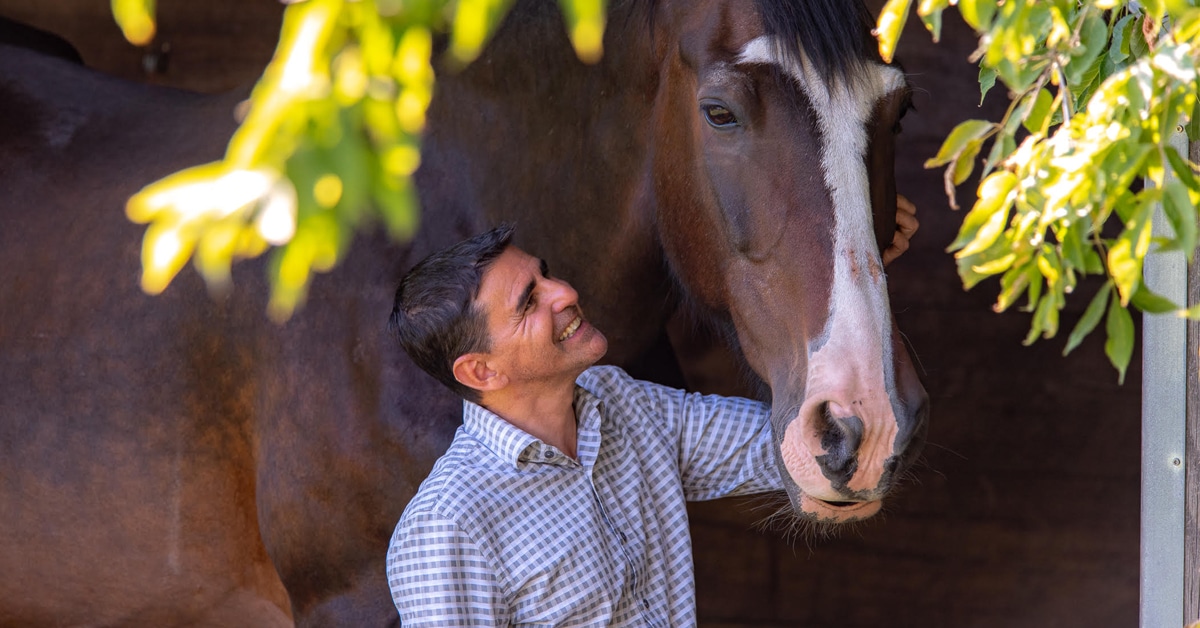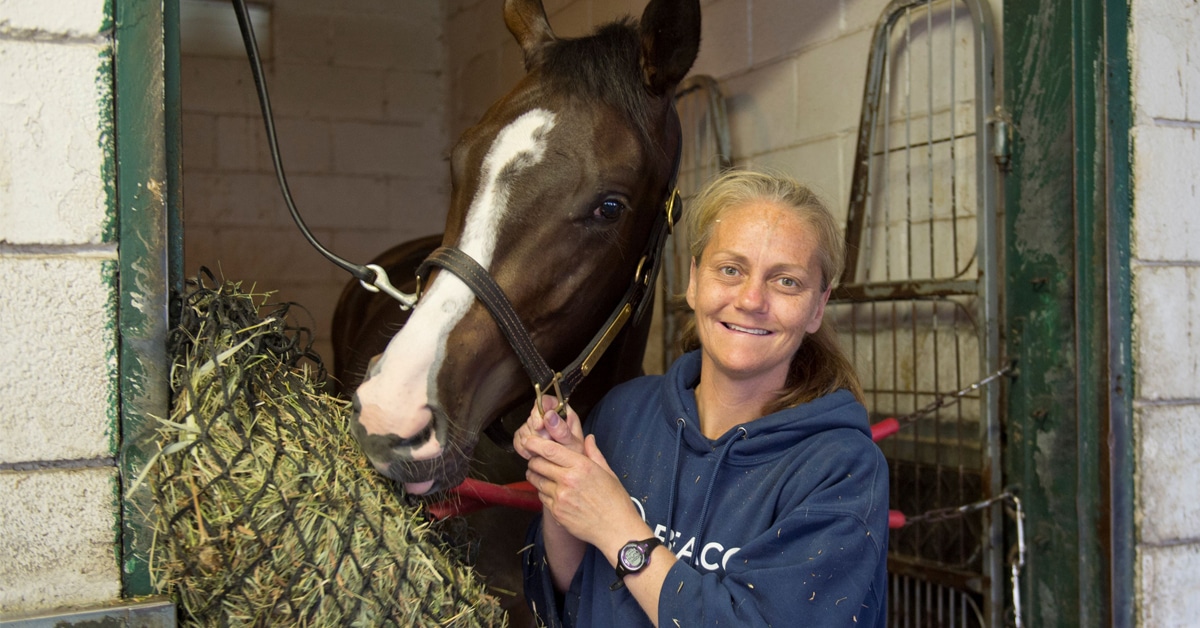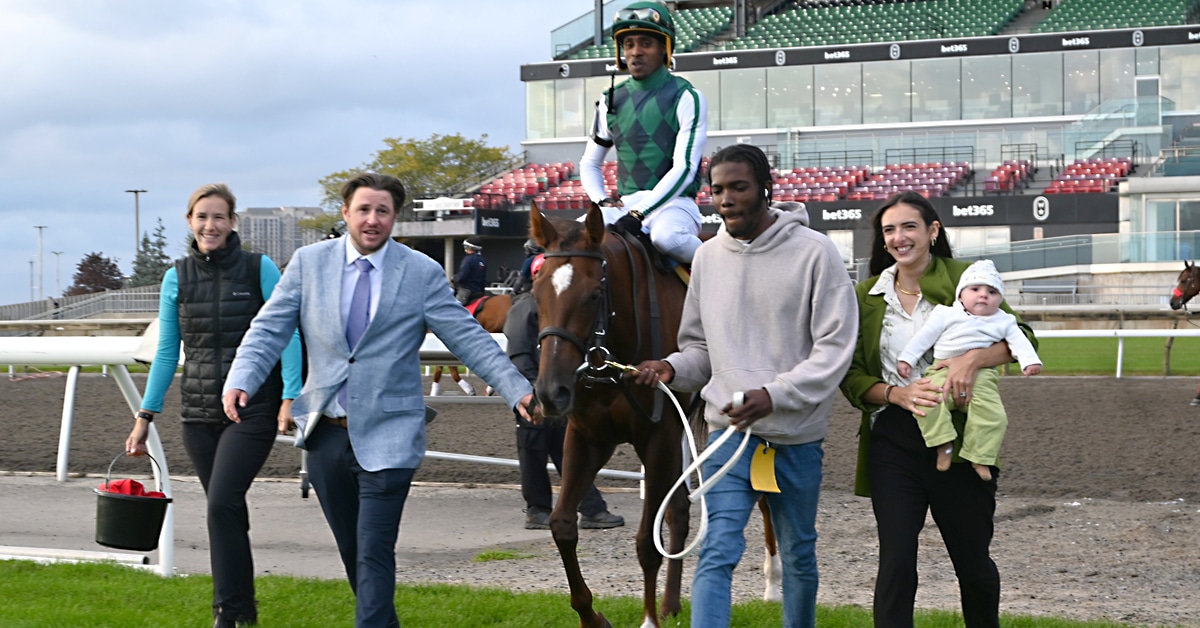Following is a synopsis of the presentation ‘A Move in the Right Direction: Tracking the Traceability of UK Thoroughbreds‘ at the 19th International Society for Equitation Science (ISE) Conference in New Zealand.
Horse racing is increasingly subject to public scrutiny, asking if thoroughbreds (TBs) have a good life. Within British horse racing, the Horse Welfare Board’s “A life well lived” strategy provides a blueprint for the welfare of TBs. Ensuring industry infrastructure can provide lifetime responsibility for TBs is a core aim of this strategy; however, to be able to facilitate this, accurate traceability of horses bred for racing across their racing and post-racing careers is essential.
At birth, TB foals are registered with a relevant stud book; however, for horses which exit training and racing or transition to second careers, tracking these changes becomes reliant on owner/keeper compliance to update studbook information. An online survey developed by researchers at Hartpury University in the UK and distributed through equestrian stakeholder organizations and media campaigns was circulated from May through December 2023. Patterns were identified in passport compliance, knowledge and understanding of current systems, and profiled TB demographics such as age, use, and history. Results included:
- 5,505 TBs were registered in the census by October 31, 2024.
- Most horses were geldings (74%) aged between 5-14 years (63%);
- 90% were owned, 4% were loaned and 6% were resident with a keeper.
- 54% had been in the same home for more than three years, with most owners (66%) having kept a TB previously.
- 98% of horses had a passport, but only 64% of these were in their current owner’s name despite 91% of respondents being aware that they should have changed their horse’s ownership details.
- Leisure riding, hacking, and unaffiliated competition were the most common activities participated in.
- No significant differences in registration compliance was found between activities.
The final results will provide an accurate representation of the TB population in the country and identify areas where additional research and education initiatives are required. These efforts should be noted in other countries with large racing TB populations to improve lifetime traceability and ensure all TBs have a life well lived.
~ with files from International Society for Equitation Science
The Latest










